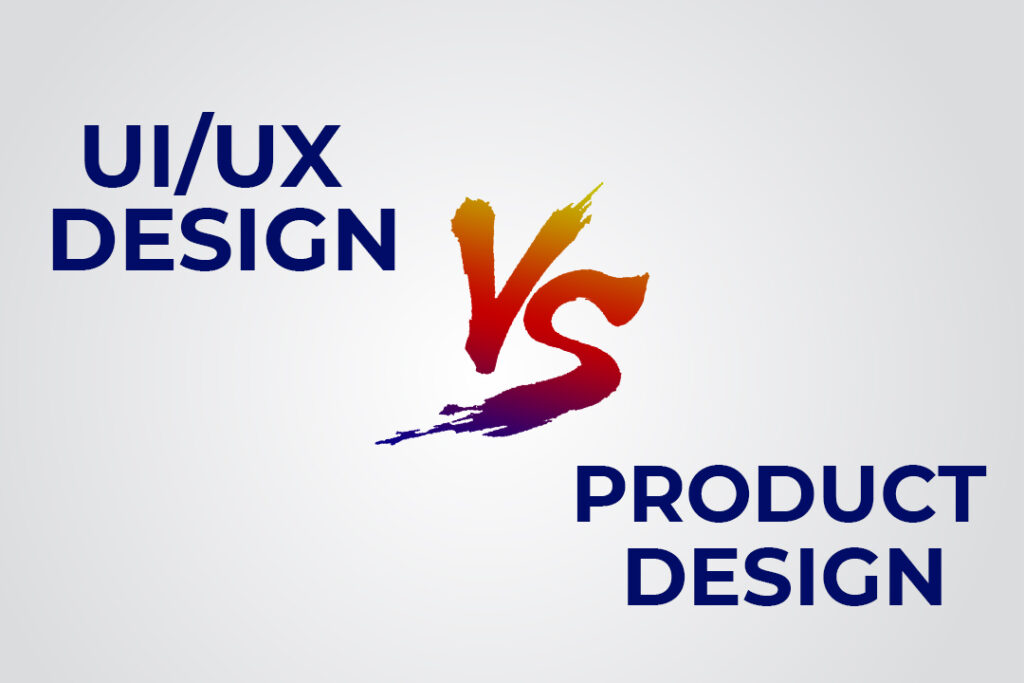UI/UX and product design are often thrown around interchangeably, leading to confusion among enthusiasts and professionals alike. However, understanding the differences between these disciplines is crucial for anyone aspiring to thrive in the realm of digital product development. So, let’s embark on a journey to unravel the mysteries and distinctions between UI/UX and product design.

Understanding UI/UX Design:
UI (User Interface) and UX (User Experience) design are two integral components of the digital design landscape, each focusing on different aspects of user interaction and engagement.
UI Design: At its core, UI design is all about crafting visually appealing and intuitive interfaces that users interact with. It involves creating elements like buttons, icons, typography, colors, and layouts to enhance the overall look and feel of a digital product. UI designers pay close attention to aesthetics, ensuring that the interface is visually pleasing and aligns with the brand identity.
UX Design: On the other hand, UX design is concerned with the overall user experience and satisfaction when interacting with a product or service. UX designers delve deep into understanding user behaviors, motivations, and pain points to create seamless and meaningful experiences. They focus on usability, accessibility, and ease of navigation, aiming to streamline the user journey and optimize conversions.
Diving into Product Design:
While UI/UX design focuses primarily on the interface and user experience aspects, product design takes a more holistic approach, encompassing various dimensions of product development and strategy.
Product Design: Product design involves the entire process of conceptualizing, designing, and iterating digital products or services to meet user needs and business objectives. It integrates elements of UI/UX design, user research, prototyping, and strategy to create cohesive and impactful solutions. Product designers collaborate closely with cross-functional teams, including engineers, marketers, and product managers, to bring concepts to life and drive innovation.
Key Differences:
- Scope: UI/UX design primarily deals with the visual and interactive aspects of a product’s interface and user experience. In contrast, product design encompasses a broader spectrum, including strategic planning, user research, prototyping, and iterative development.
- Focus: While UI designers focus on creating aesthetically pleasing and user-friendly interfaces, UX designers prioritize optimizing the overall user journey and interaction flow. Product designers, on the other hand, balance both UI/UX considerations with strategic objectives and business goals.
- Collaboration: UI/UX designers often collaborate closely with each other and other stakeholders, such as developers and content creators, to ensure a cohesive design approach. Product designers, however, engage in cross-functional collaboration across various departments to align product development with organizational objectives and market needs.
- Skill Set: UI/UX designers typically possess skills in graphic design, interaction design, prototyping, and usability testing. Product designers require a broader skill set that includes strategic thinking, user research, project management, and communication skills to effectively drive product innovation and success.
In conclusion, while UI/UX design and product design share common goals of creating compelling digital experiences, they differ in scope, focus, collaboration, and skill set requirements. Understanding these distinctions is essential for aspiring designers and organizations seeking to deliver impactful and user-centric products in today’s competitive landscape. Contact us today for more inquiries on how to navigate your career path in product development.
